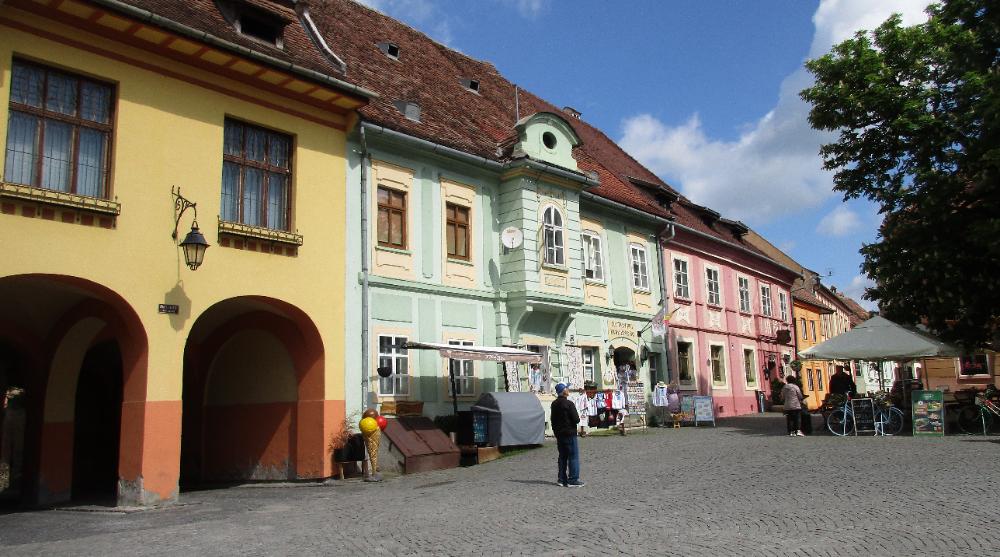
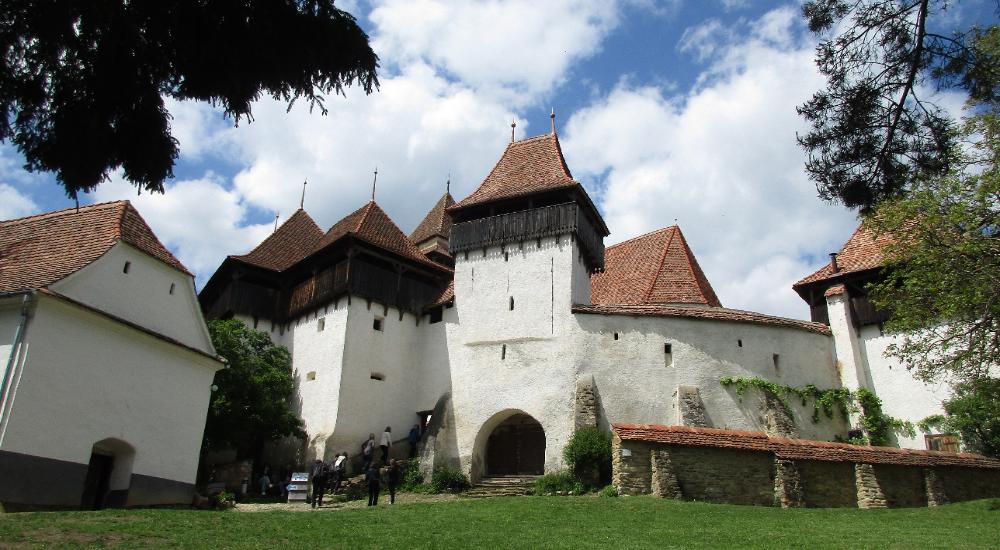

Where We Be
| Cat napping in the sunshine on the restaurant's doorstep |
| Sighisoara & Viscri, Romania |
This was one of our favorite days of the entire
trip, a private full-day tour that took us through
beautiful Transylvanian countryside to two
UNESCO World Heritage Sites -- the medieval
Saxon town of Sighisoara and the fortified
Saxon church of Viscri.
The seven Saxon towns of Romania have a
fascinating history. Our tour guide described
how the Saxons from Germany were invited to
settle in Transylvania in the 12th century in
order to establish a defensive barrier against
invaders from the east. The Saxons, who were
highly skilled craftsmen, were tasked with
building fortified settlements and establishing
an economy. In return, the Saxons demanded
(and received) significant autonomy within their
own towns. However, after 800 years of having
lived in Romania and making it their home, the
Saxons were forced out after World War II by
Ceausescu, who made Germany pay for each
Saxon shipped back to Germany. Many Germans
still return each year to reconnect with their
roots in Romania. We imagine it must be a
reunion fraught with mixed emotions.
trip, a private full-day tour that took us through
beautiful Transylvanian countryside to two
UNESCO World Heritage Sites -- the medieval
Saxon town of Sighisoara and the fortified
Saxon church of Viscri.
The seven Saxon towns of Romania have a
fascinating history. Our tour guide described
how the Saxons from Germany were invited to
settle in Transylvania in the 12th century in
order to establish a defensive barrier against
invaders from the east. The Saxons, who were
highly skilled craftsmen, were tasked with
building fortified settlements and establishing
an economy. In return, the Saxons demanded
(and received) significant autonomy within their
own towns. However, after 800 years of having
lived in Romania and making it their home, the
Saxons were forced out after World War II by
Ceausescu, who made Germany pay for each
Saxon shipped back to Germany. Many Germans
still return each year to reconnect with their
roots in Romania. We imagine it must be a
reunion fraught with mixed emotions.
| The fortified church at Viscri served as a refuge and defensive position for Saxon villagers during times of war |
| After our guided tour around town, we took a break to enjoy some Ursus beer -- one of Romania's most popular brands |
| View looking out from the walls of town near the clocktower |
| We could easily see coming back to Sighisoara and staying for awhile -- the ambience of this medieval town is just so peaceful and pleasant |
| As we walked around the town's fortified walls and watchtowers, our guide pointed out the windows that look like eyes -- reminding people that someone was always watching |
| Near the church is a lovely cemetery. Rather than descending the "Pupils' Stairs," we returned to the main part of town via a pathway leading through the cemetery. |
| The "Church on the Hill" at the top of the stairs was built at the town's highest point |
| We ventured up this covered staircase to the town's church and schoolhouse -- always built in the most protected part of town. Our guide told us each set of stairs had six steps to remind youngsters that six out of the seven days of the week were days of work. |
| Sighisoara originally had fourteen watchtowers, but only nine remain today. Each watchtower was built and maintained by one of the city's craft guilds. |
| We were surprised how quiet the streets were on a Saturday morning |
| Plaque on the wall of Vlad's birthplace |
| We lucked out and got a beautiful day for exploring the cobbled streets of town |
| The clocktower is the main entry point into the fortified Saxon town |
| This yellow building, practically adjacent to the clocktower, is said to be the birthplace of Vlad Tepes, aka Vlad the Impaler, aka Dracula |
| Just off the main square is the clocktower, which you can climb for good views |
| Our tour began in Sighisoara, about two hours north of Brasov. This is Sighisoara's charming main square. |
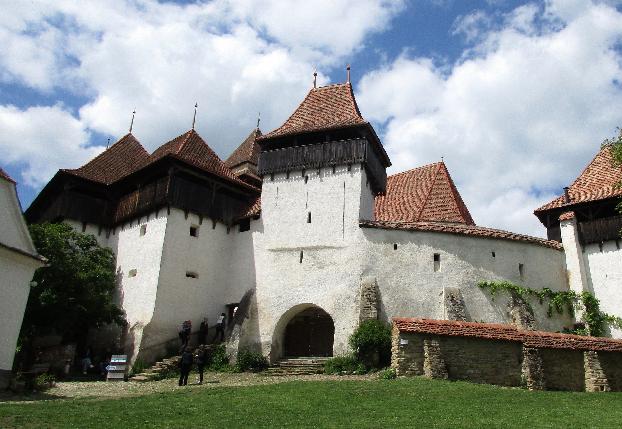
| Viscri |
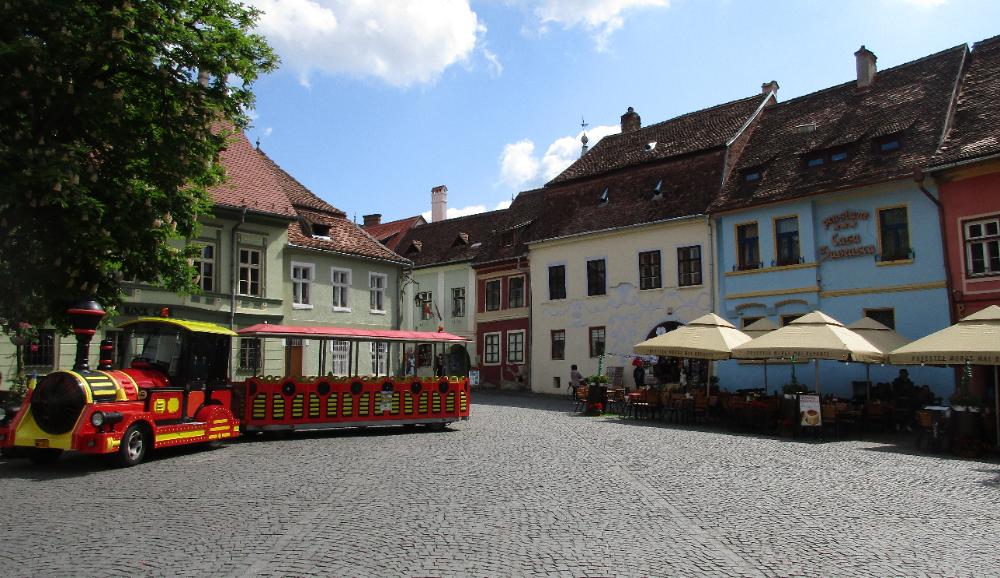
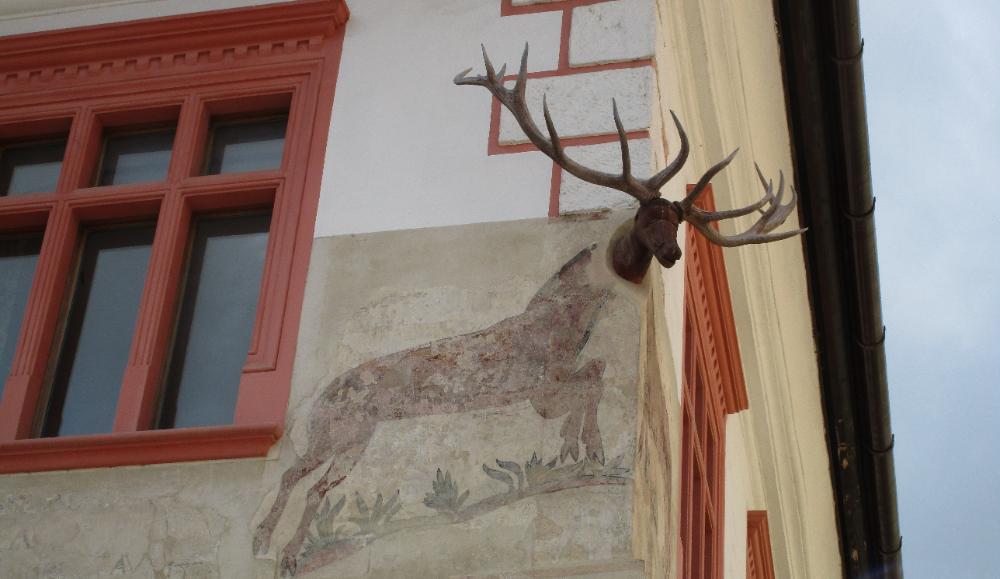
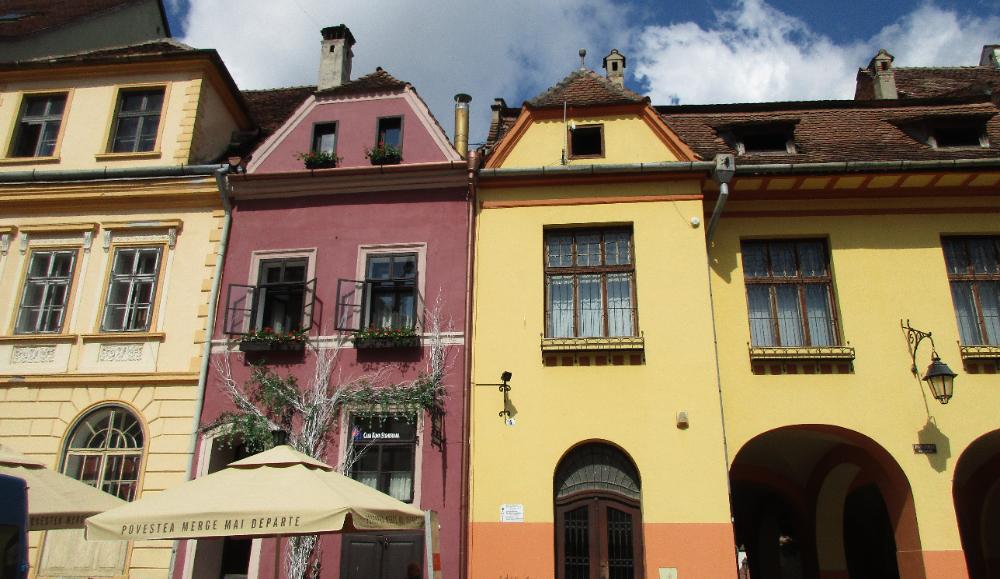
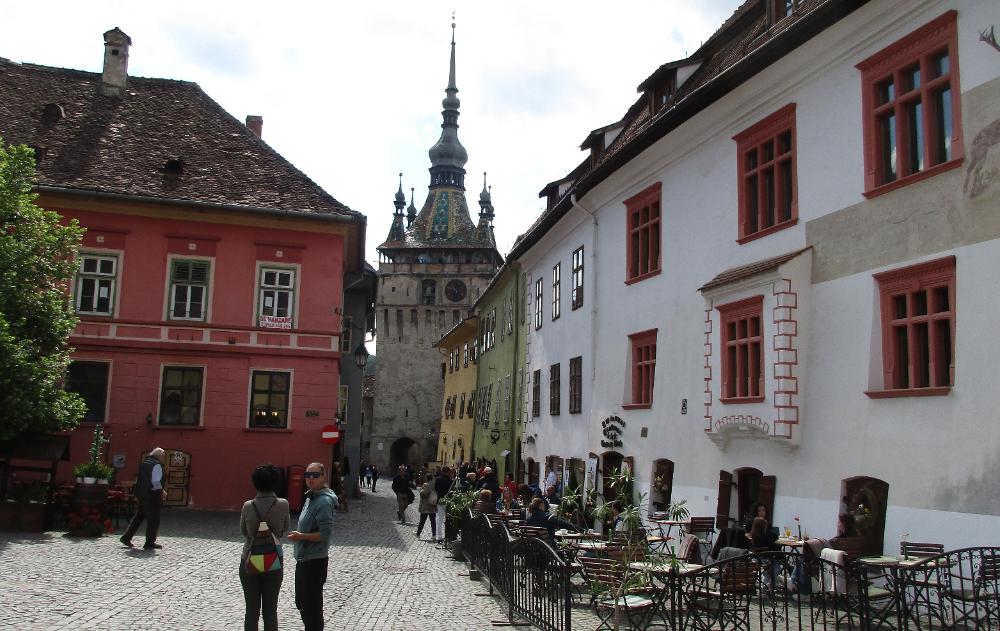
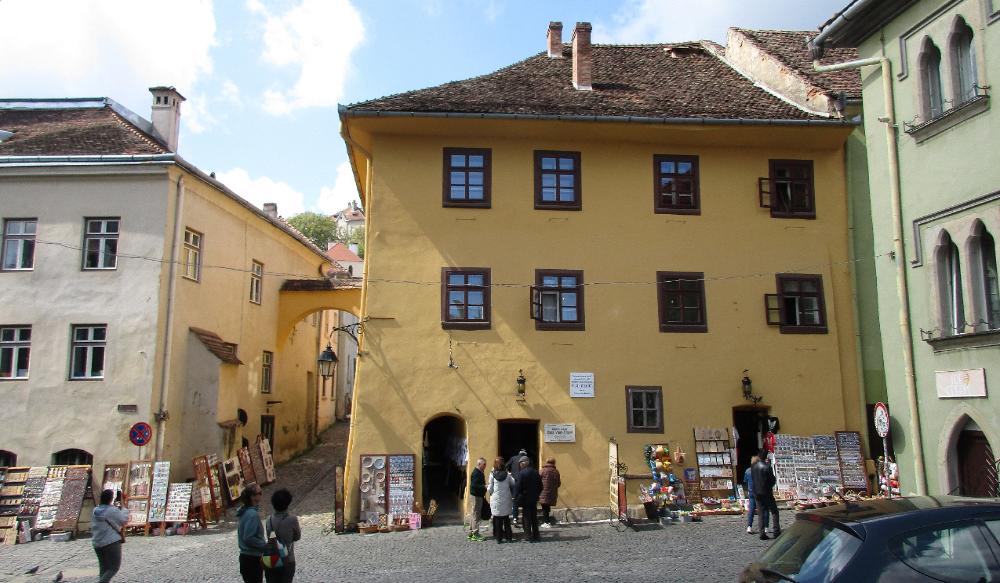
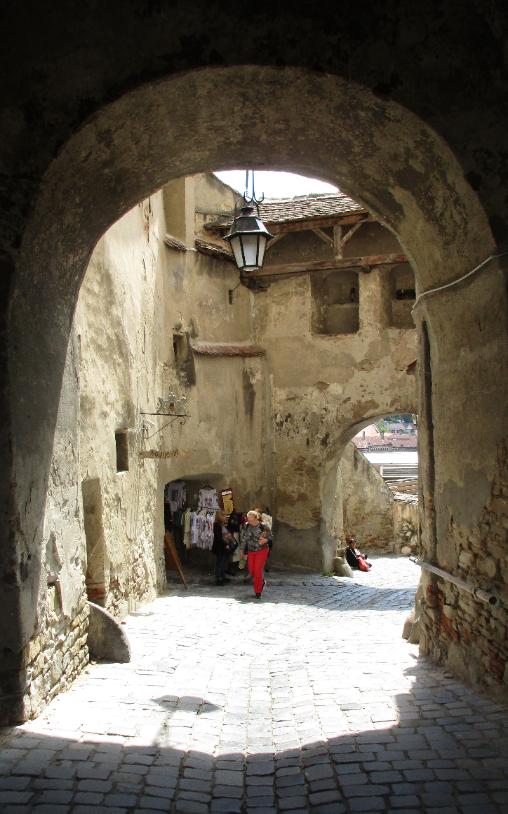
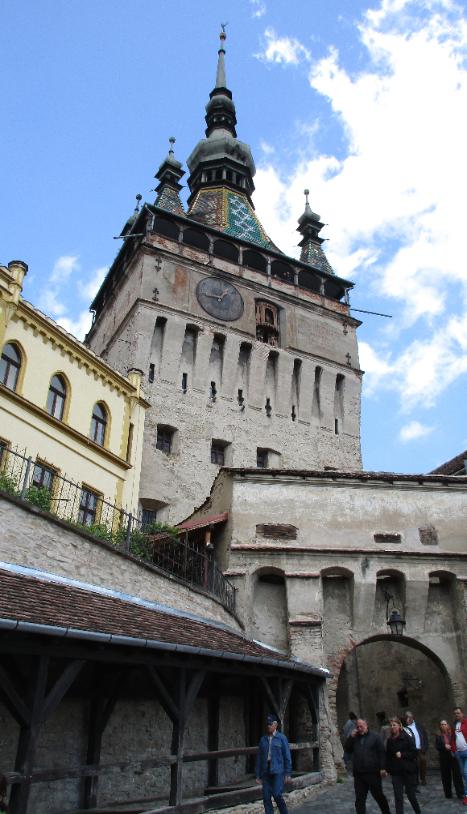

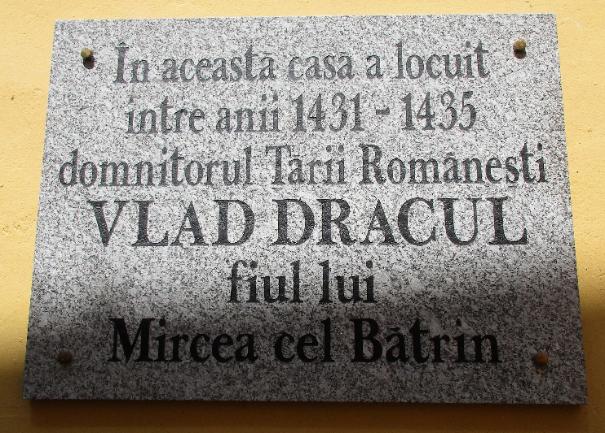
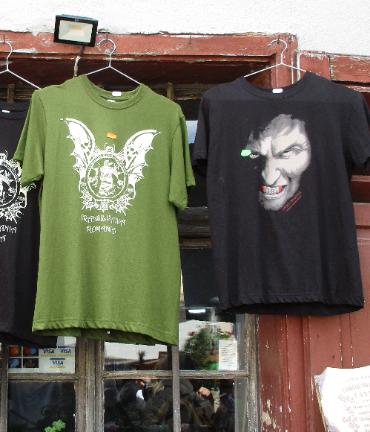
| Shops all around town sell Dracula merchandise |
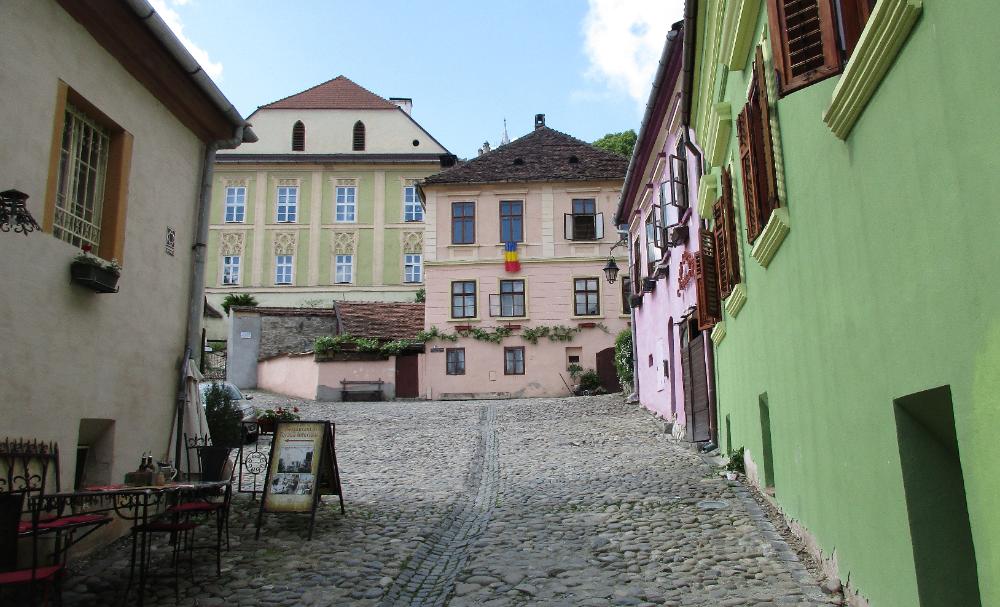
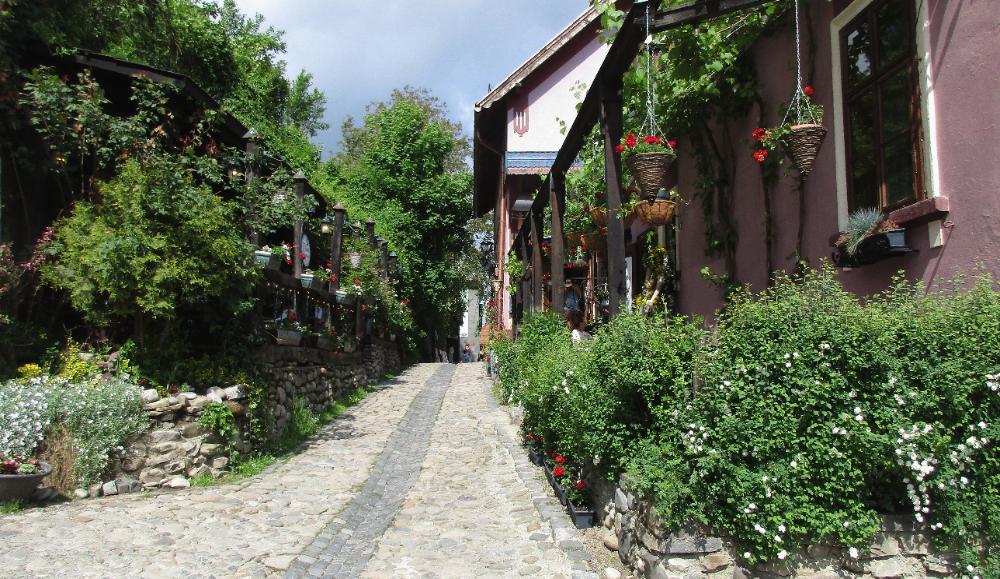
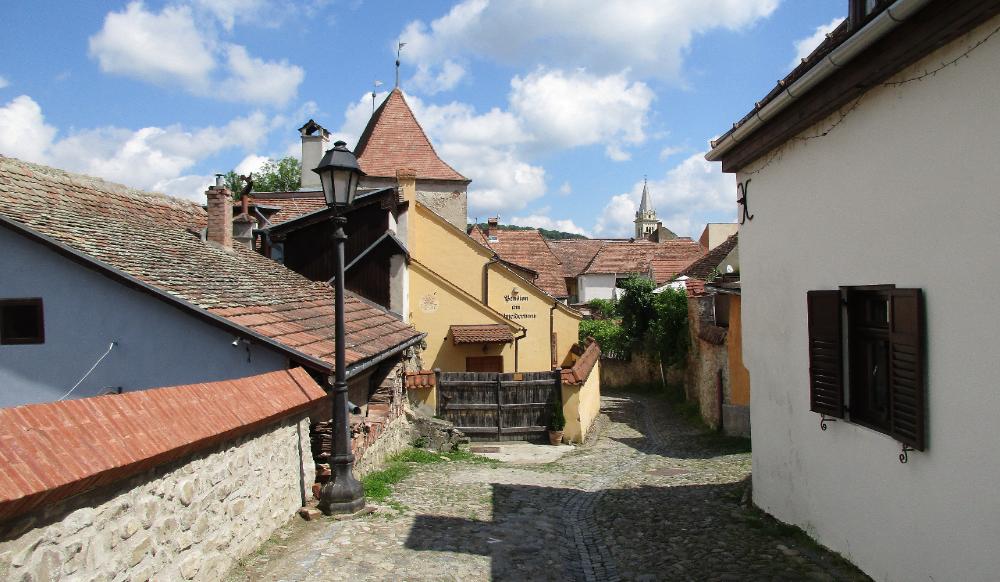
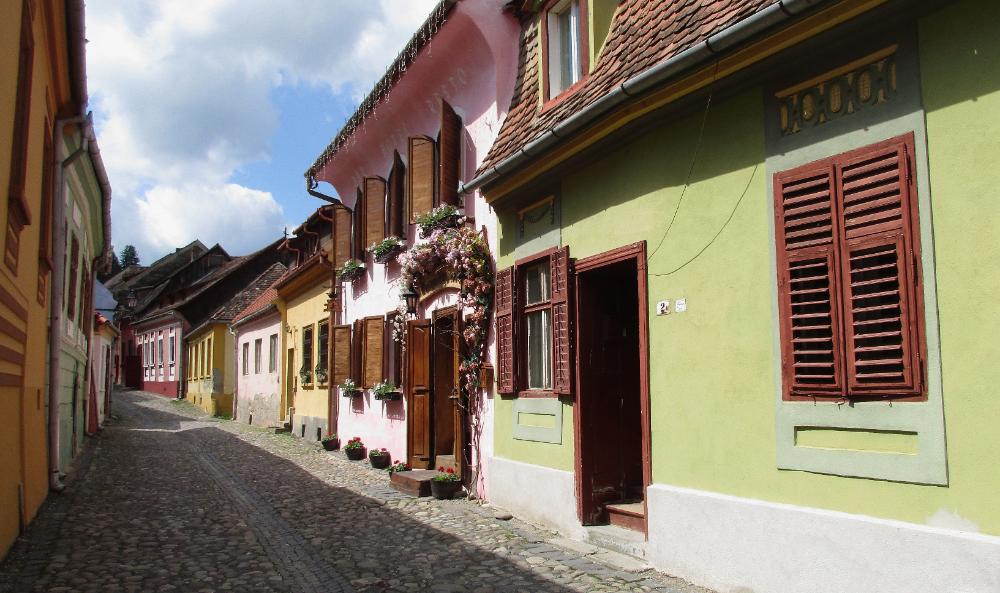

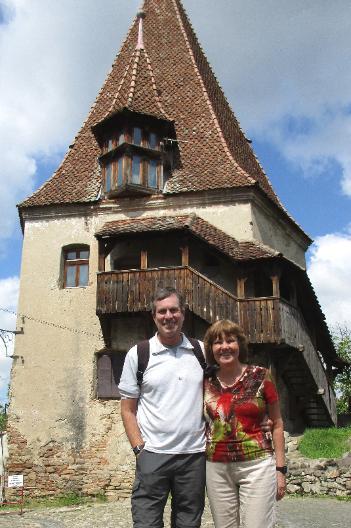


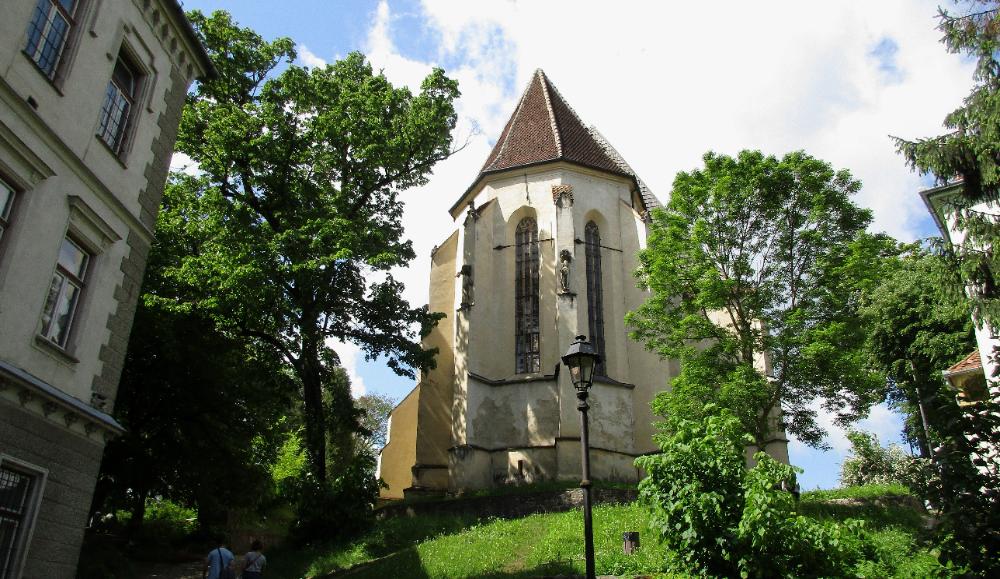
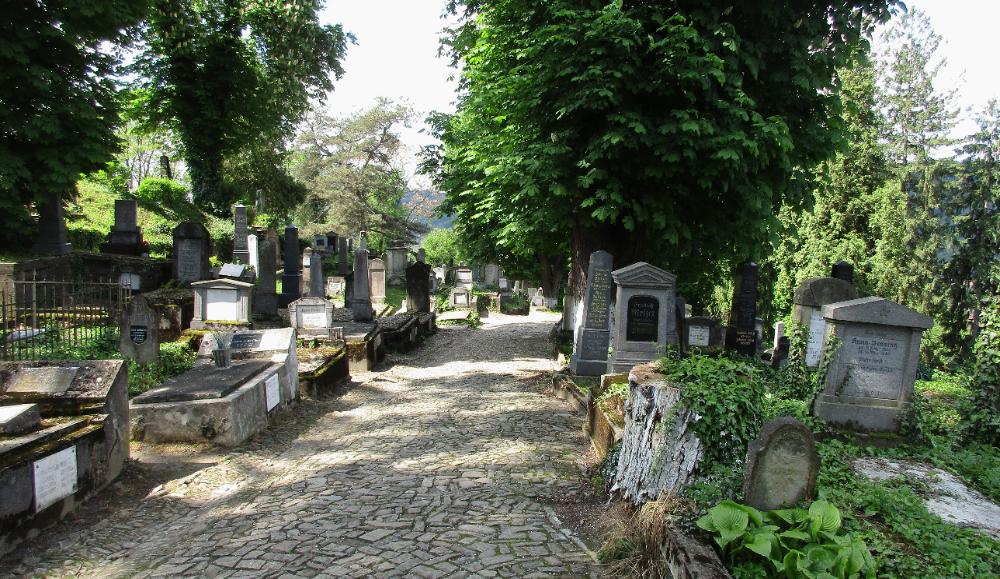
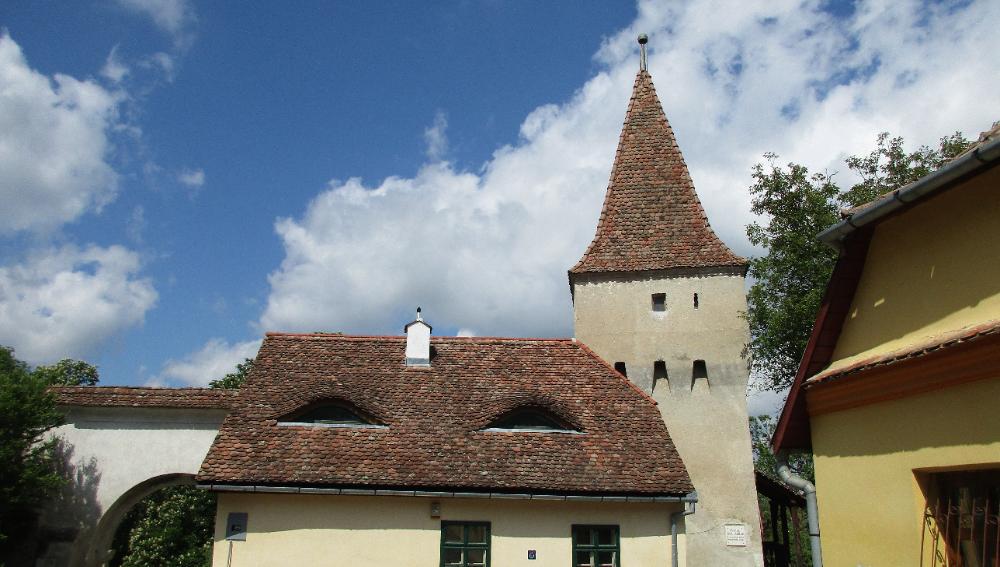
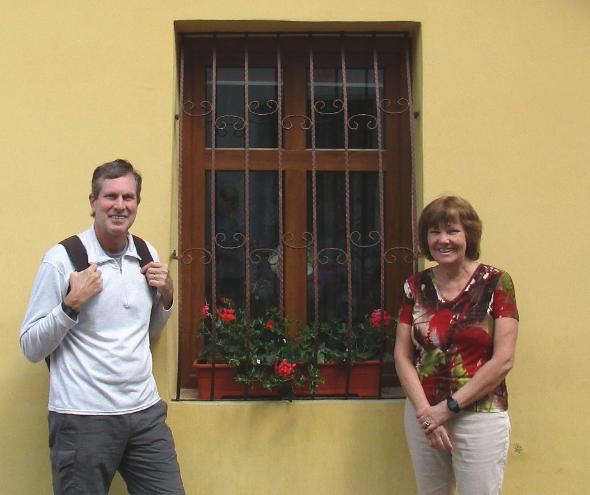
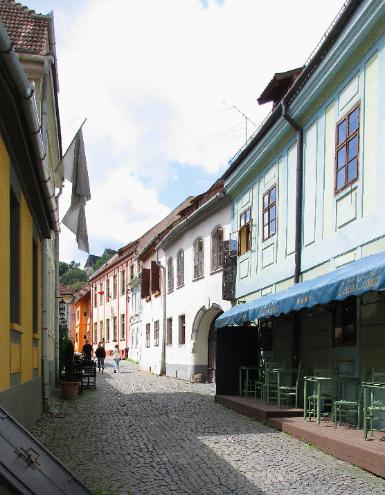

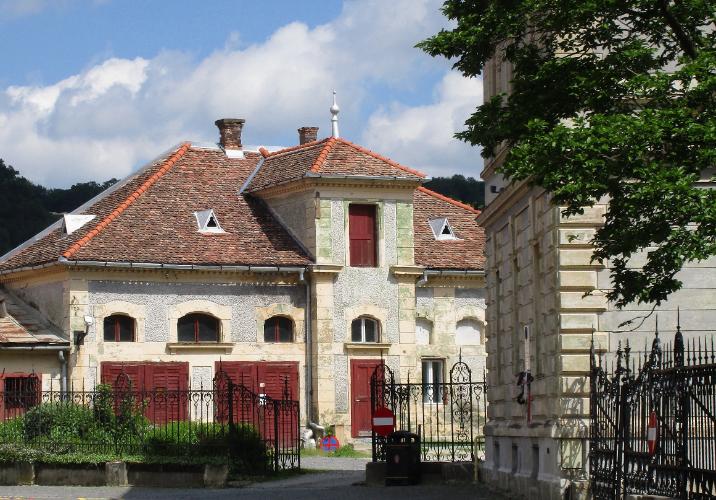
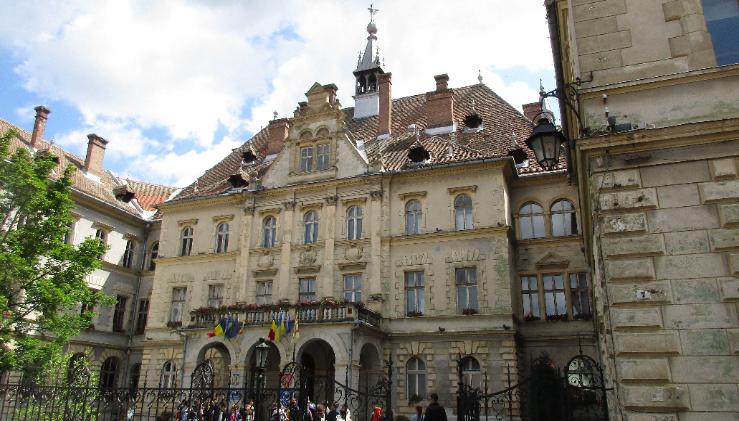
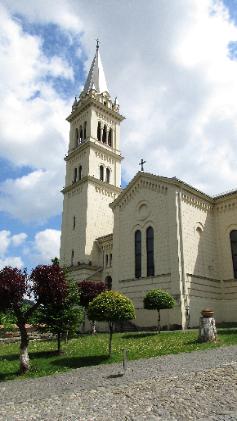
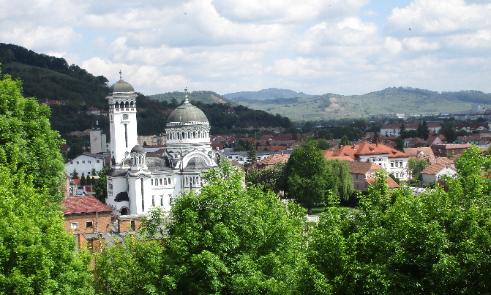
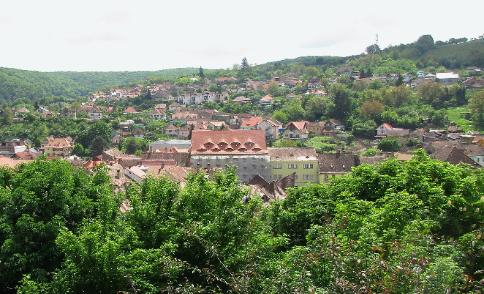

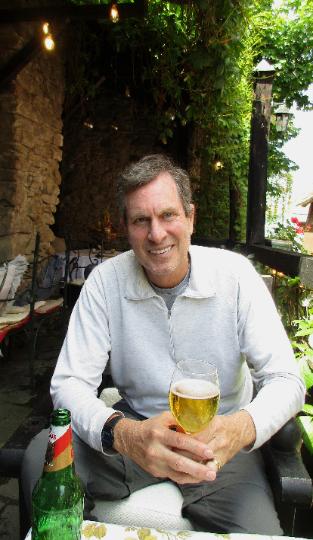

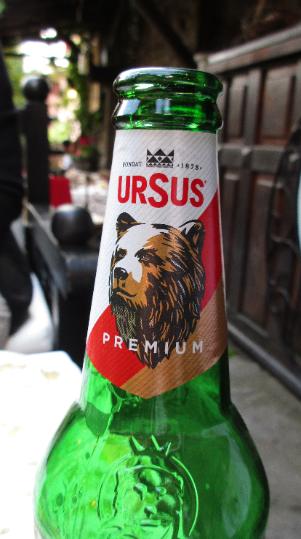
| We climbed one of the watchtowers for views from above |
| Viscri is much smaller than Sighisoara. The walls protected the church (the white building above) and not much else, but there were rooms inside filled with food and supplies in case of attack. |
| On to Viscri! Here's another look at the dramatic entrance to the fortified church. |
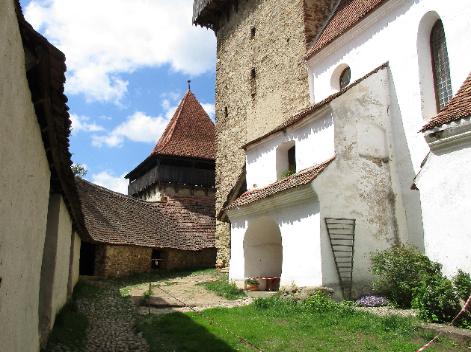
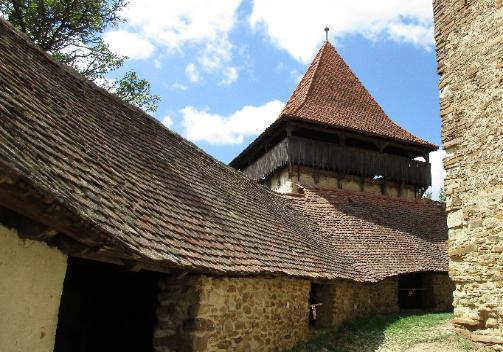
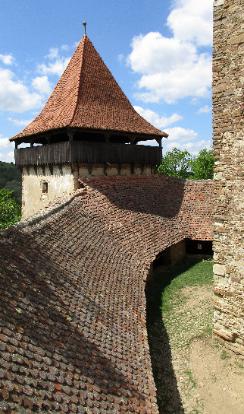
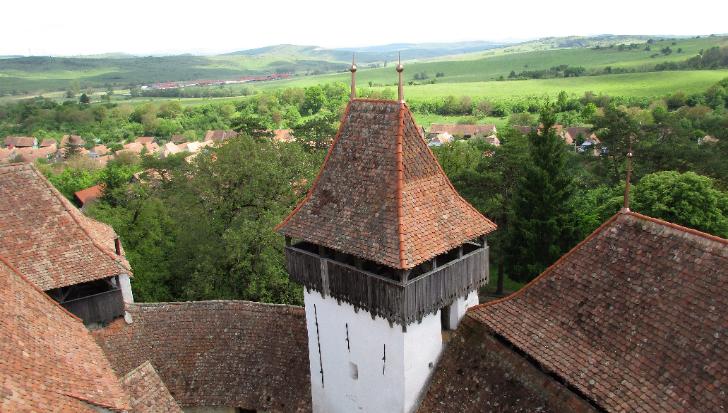
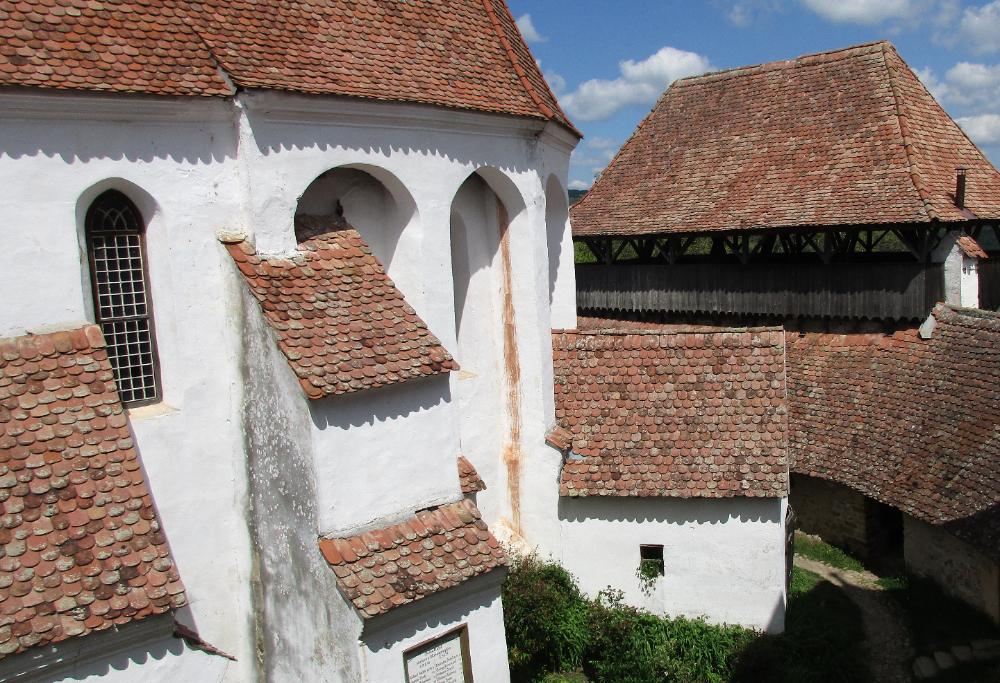
| Prince Charles (now King Charles) visited Viscri in 1998 and fell in love with it. He bought a home here (shown above) and was instrumental in revitalizing the town and the fortified church. He has continued to visit Viscri over the years. |
| On our way to and from the fortified church, we passed through the town of Viscri itself |
| The surrounding countryside of Transylvania is simply beautiful. We learned that the relatively new Via Transylvanica, spanning around 1400 km (870 mi), passes close to both Sighisoara and Viscri. |
| View of the town of Viscri as seen from one of the watchtowers. Villagers would only have fled to the fortified church in case of attack. |
| Here's the church itself, surrounded by the fortified walls |
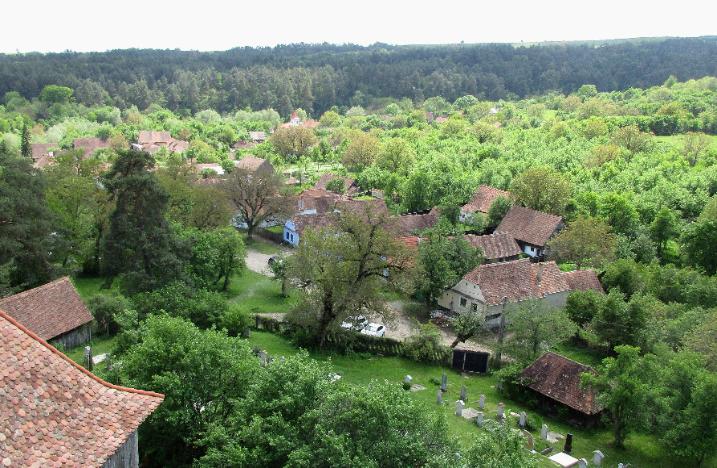
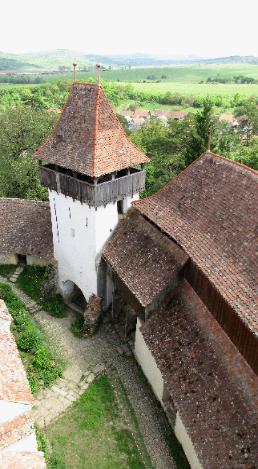
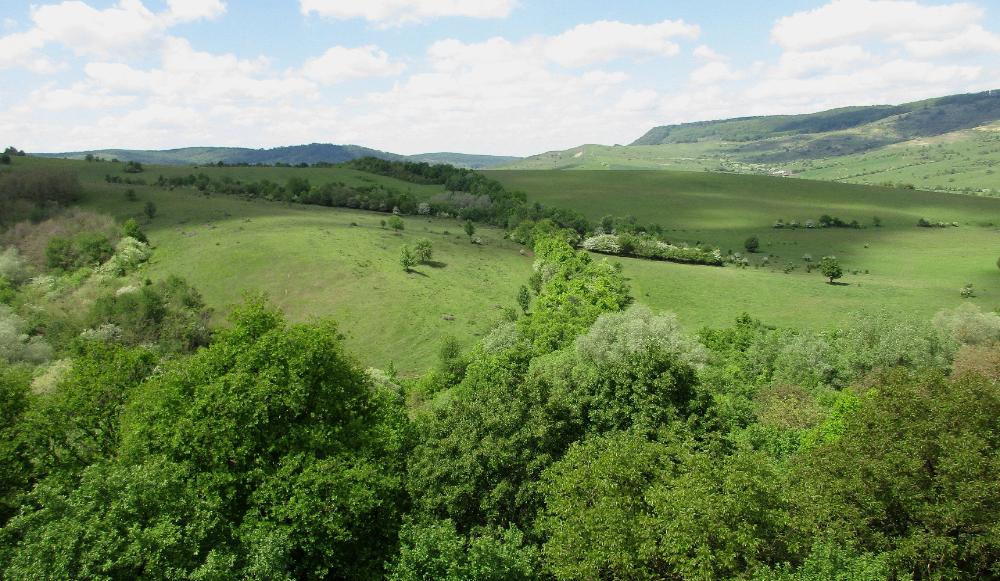
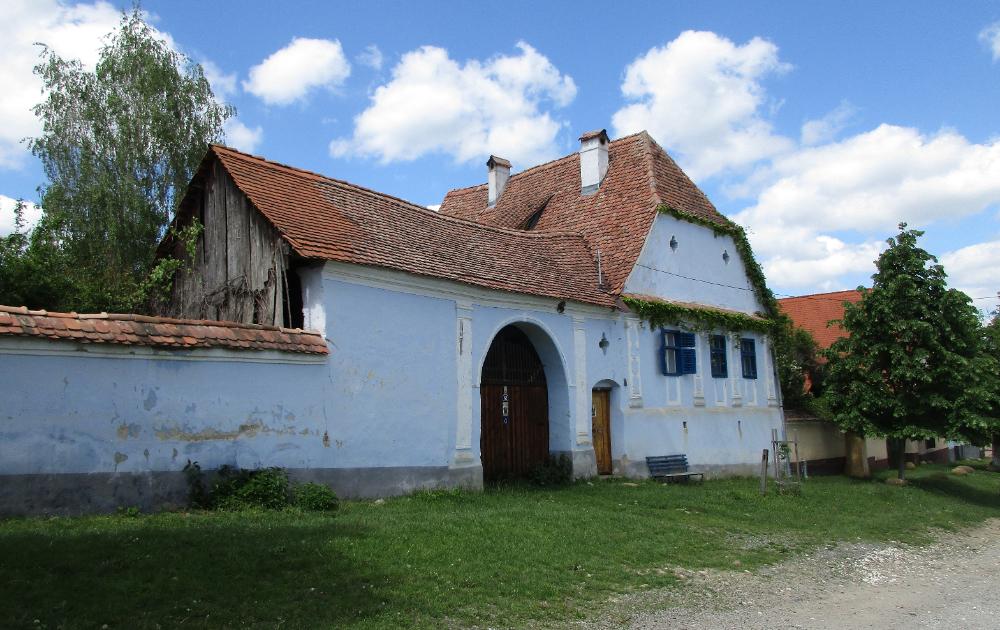
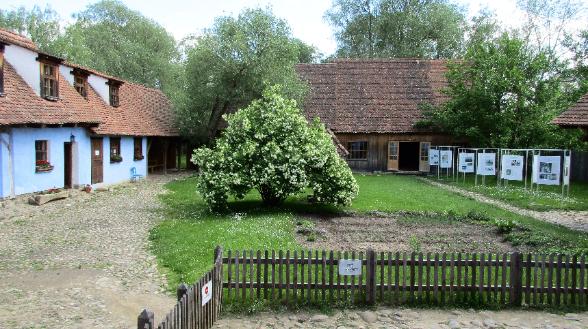
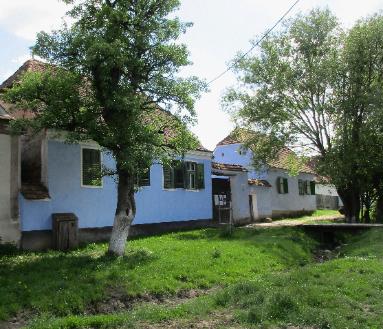
| Sighisoara |